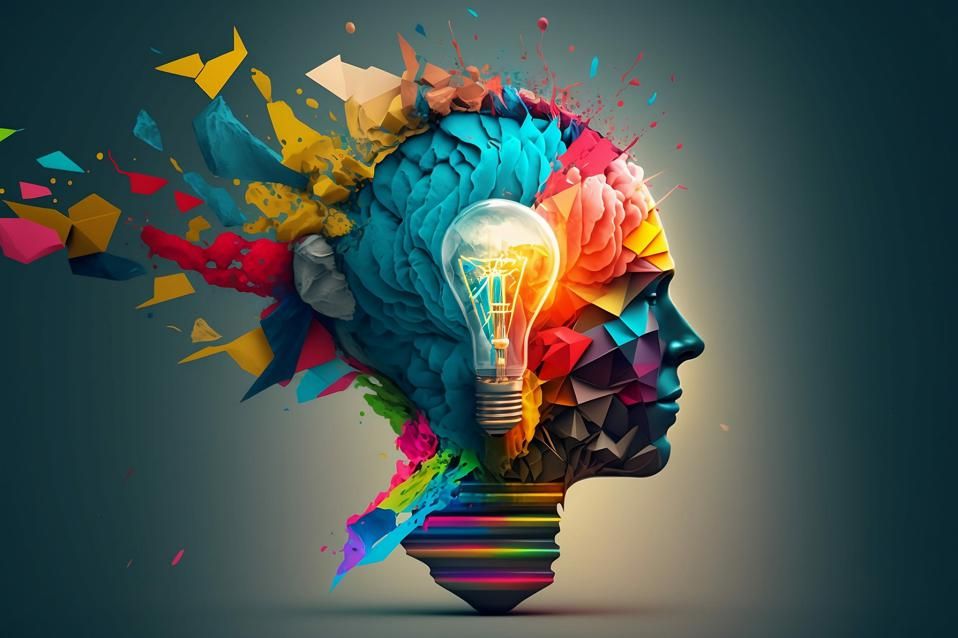
16 Jun KEYNOTE SPEAKER: WHAT’S THE FUTURE OF EXPERIENTIAL MARKETING?
Experiential marketing, also known as engagement marketing or event marketing, has been gaining traction in recent years as brands seek to create memorable experiences for their consumers. As we move forward, the integration of technology and human connection will continue to remake the landscape of the practice, opening up new possibilities for engagement and storytelling. Sooooo – what say we talk more about the future of experiential marketing and how it can help your business grow?
Straight out of the gate, virtual reality and augmented reality technologies have the potential to revolutionize experiential marketing, blurring the line between the physical and digital worlds. Brands can use VR and AR to create immersive and interactive experiences that transport consumers to virtual environments, allowing them to engage with products and services in new and exciting ways. For example, a car manufacturer could create a VR test drive experience where potential buyers can virtually “drive” their cars in different settings.
Also, as you may have noticed, AI-powered chatbots can enhance experiential marketing campaigns by providing personalized, real-time support and engagement for consumers. These intelligent systems can engage with consumers through various channels, such as messaging apps and social media platforms, answering questions and providing tailored recommendations. As AI and natural language processing technologies continue to advance, chatbots will become even more adept at understanding and responding to human emotions, further enriching consumer experiences.
Beyond this, it also bears keeping in mind that the Internet of Things (IoT) is transforming the way we interact with our surroundings, allowing physical spaces to become more intelligent and adaptive. In the context of experiential marketing, IoT can be used to create smart environments that respond to consumer behavior in real-time. For instance, a retail store could use sensors and smart displays to detect when a customer is looking at a particular product, then automatically provide additional information or a tailored promotion.
However, don’t forget that today’s consumers expect personalized experiences that cater to their unique preferences and needs. To meet these expectations, brands are going to have to leverage data and technology to create highly customized and targeted experiential marketing campaigns. This could, I suppose, encompass things like using consumer data to develop tailored event experiences or personalized product recommendations, leading to stronger emotional connections between consumers and brands.
Then again, in an increasingly digital world, consumers are seeking genuine, authentic connections with brands. This means that experiential marketing campaigns in the years to come should prioritize storytelling and human interaction. Brands can achieve this by creating memorable experiences that are rooted in their brand values, sharing compelling stories, and fostering a sense of community and belonging.



